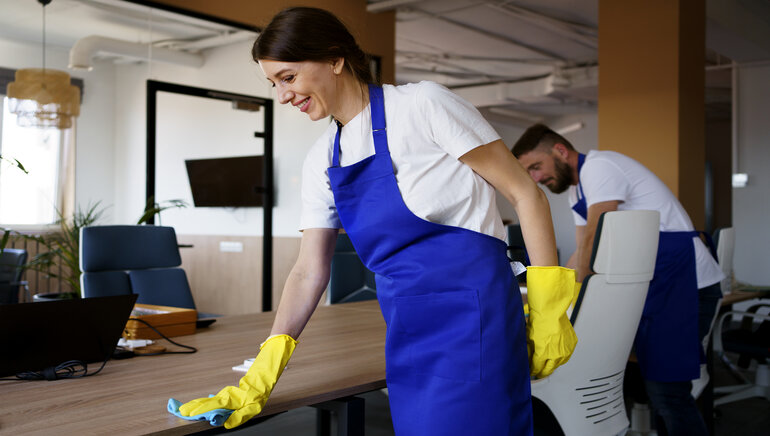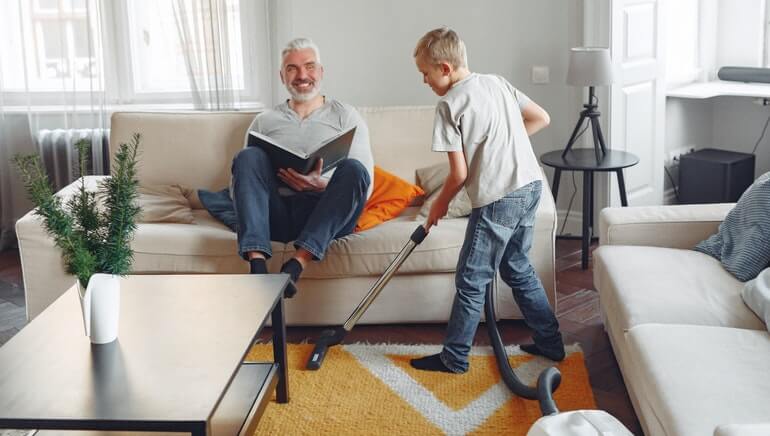Maintaining hygiene in healthcare facilities is critical to prevent infections and ensure patient safety. Implementing best cleaning practices helps create a sterile environment for both patients and medical staff.
- 1. Follow Proper Disinfection Protocols
- ● Using EPA-approved disinfectants
- ● Following a structured cleaning schedule
- ● Ensuring high-touch surfaces are sanitised frequently
- 2. Comprehensive Training for Cleaning Staff
- ● Correct use of cleaning chemicals
- ● Preventing cross-contamination
- ● Adhering to infection control guidelines
- 3. Focus on High-Traffic Areas
- ● Waiting rooms and reception areas
- ● Patient rooms and hospital beds
- ● Operating rooms and intensive care units
- 4. Implement Hand Hygiene Practices
- ● Providing hand sanitising stations
- ● Encouraging frequent handwashing among staff
- ● Using disposable gloves when necessary
- 5. Use Advanced Cleaning Technologies
- ● UV light disinfection systems
- ● Electrostatic sprayers for thorough sanitization
- ● HEPA-filtered vacuum systems for air quality improvement
Hospitals and clinics require strict disinfection procedures. Key measures include:
Proper training is essential for hospital cleaning staff. Training should include:
Certain areas in healthcare facilities require extra attention. These include:
Hand hygiene plays a crucial role in preventing infections. Best practices include:
Modern cleaning technologies enhance hygiene in healthcare settings. These include:
Effective cleaning in healthcare facilities is vital for infection prevention and patient safety. By following best practices, hospitals and clinics can maintain high hygiene standards and protect both staff and patients.




